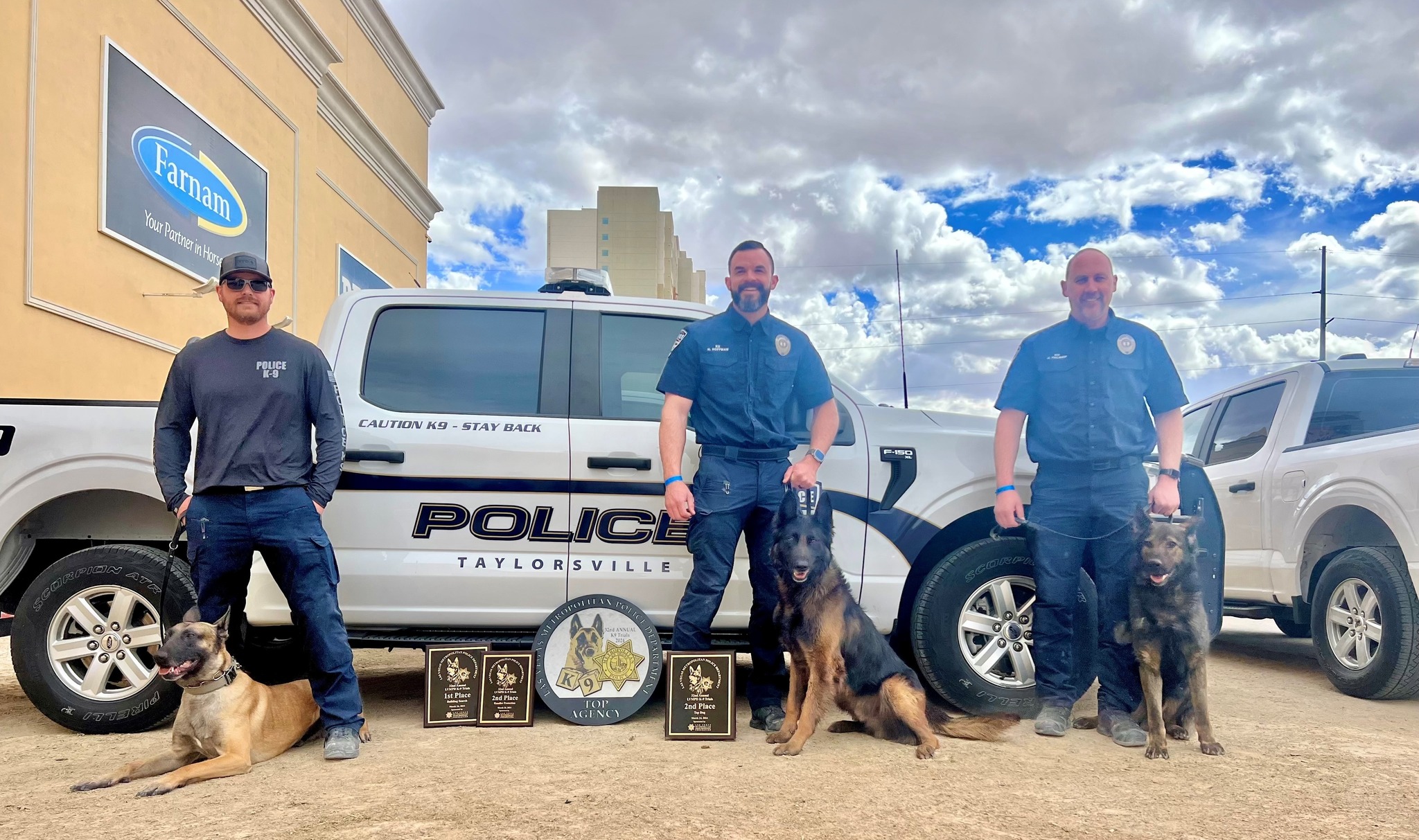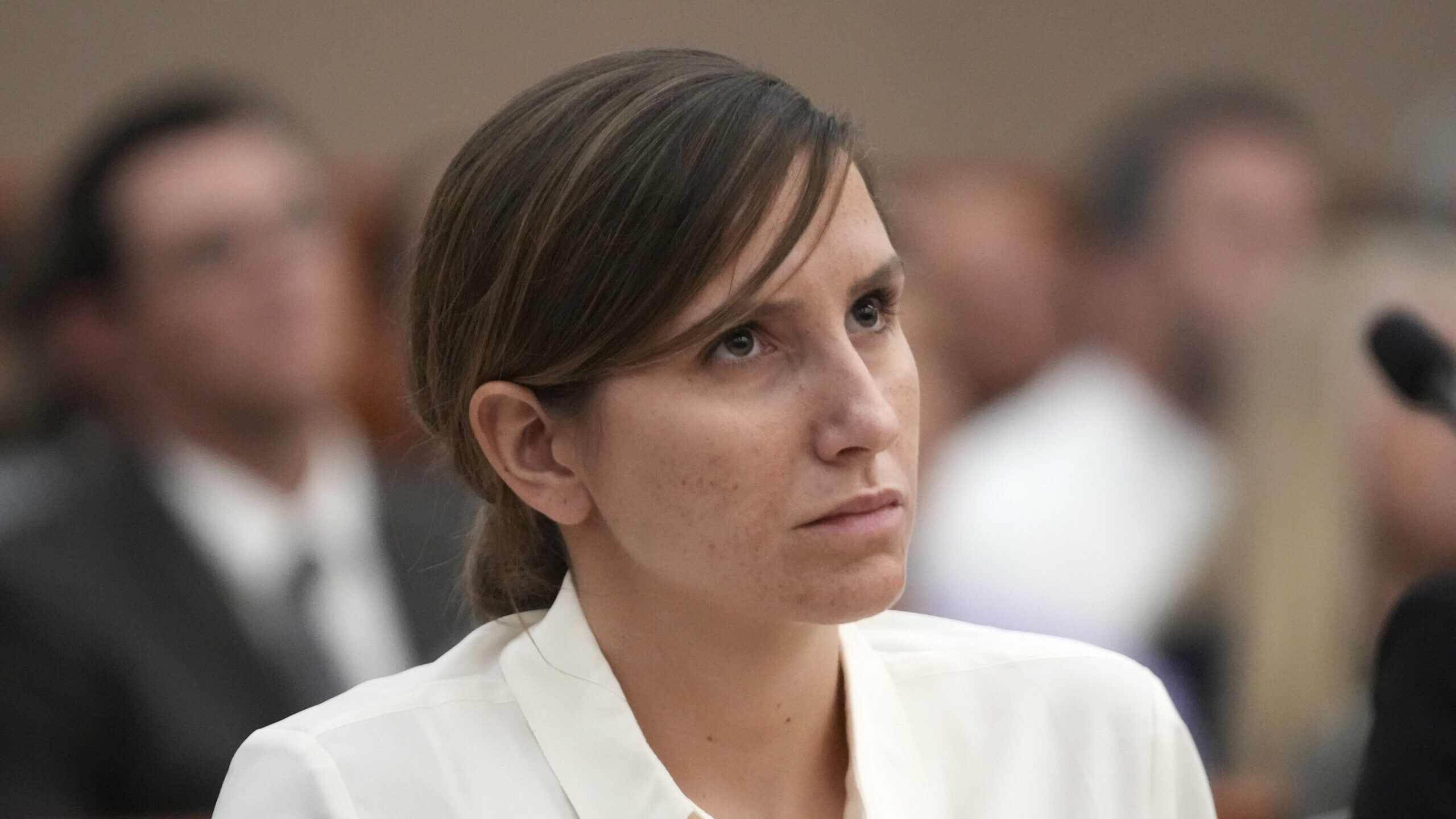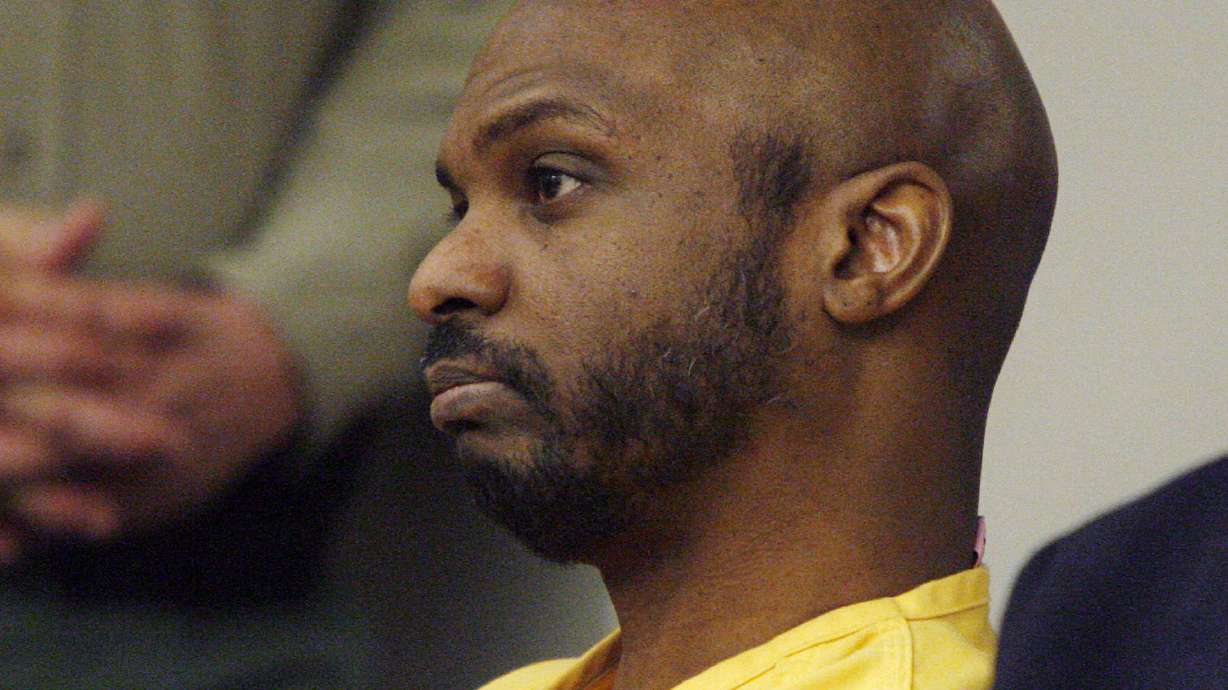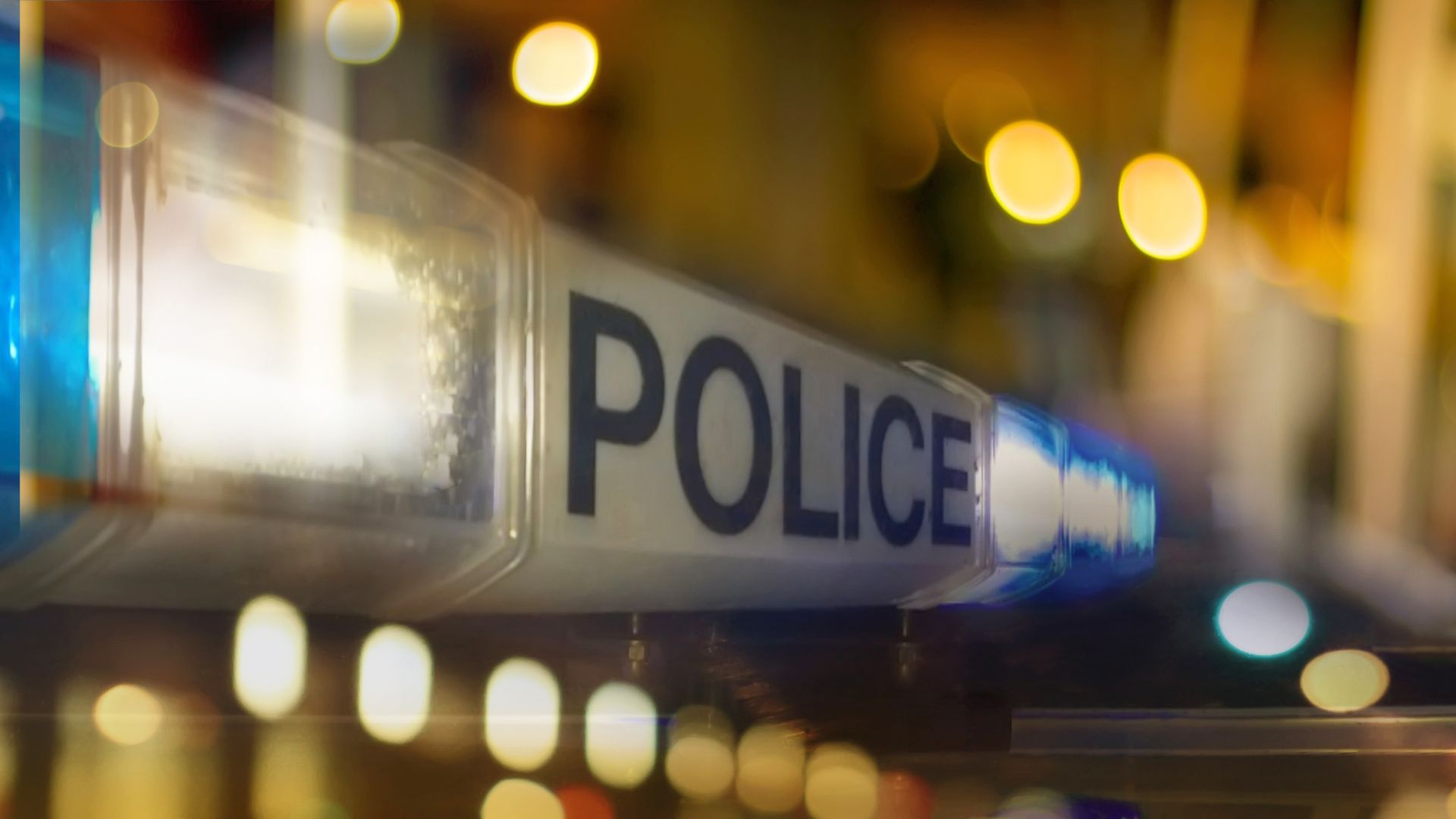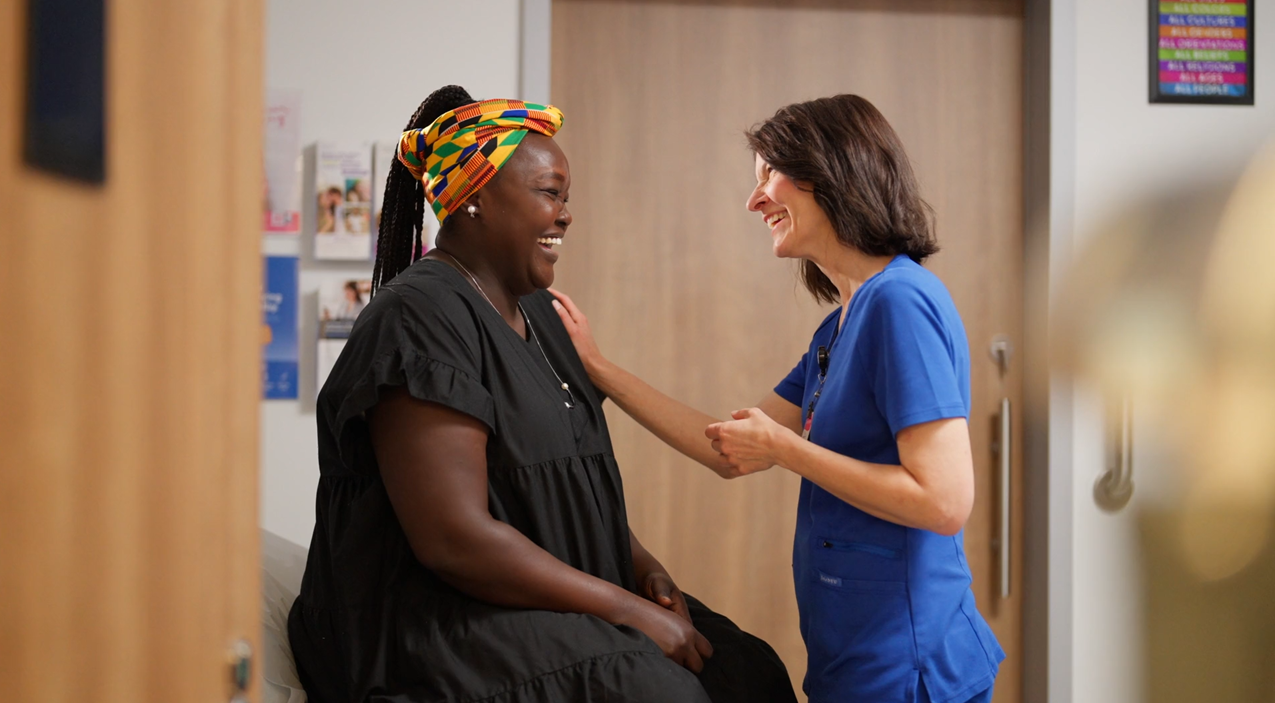Utah bucking trend of fewer arrests for drunken driving
May 4, 2024, 10:00 AM | Updated: May 6, 2024, 3:47 pm
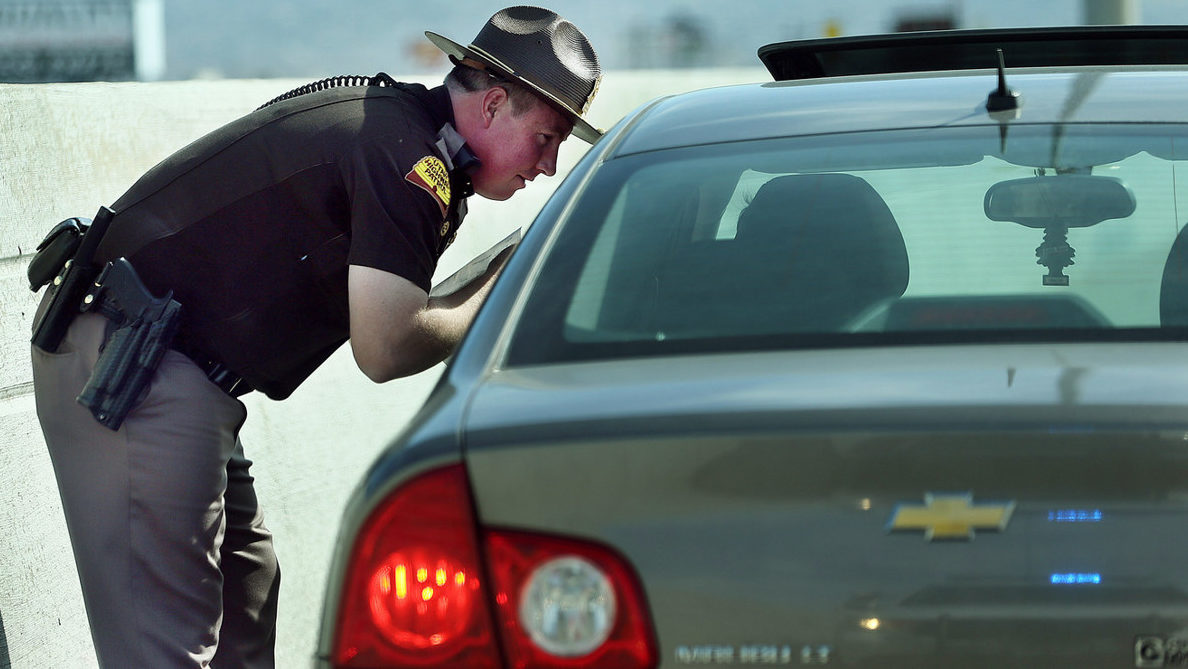
FILE: Utah ranks high among the safest areas to live in the U.S. when it comes to drunk driving fatalities. (Scott G Winterton/Deseret News)
(Scott G Winterton/Deseret News)
SALT LAKE CITY — Drunken driving deaths have jumped since the beginning of the pandemic while DUI arrests have dropped. But Utah is bucking some of that trend.
The number of US arrests for drunken driving dropped from more than 1.3 million in 2010 to about 788,000 in 2023, according to the Wall Street Journal.
Utah bucks drunken driving trend
Utah stands out from other states because its number of arrests for drunken driving has increased steadily during the last two decades. That comes from data updated earlier this year.
“In 2023, we arrested more impaired drivers than we have over the last six years,” said Col. Michael Rapich, Utah Highway Patrol, at a January legislative hearing. “Over 11,000.”
Data from the Utah Department of Public Safety shows DUI arrests in Utah hit 11,246, or “an average of 31 arrests per day.” That adds up to 833 more than 2022.
In 2022, 174 people died on Utah roads from alcohol-related accidents. That’s a rise of about 61 from the year before.
From 2010 to 2022, deaths from crashes involving a DUI increased from about 10,000 to 13,500.
What the national numbers show
Nationwide, the data shows drunken driving arrests hit a turning point during the pandemic.
According to the WSJ, police pulled drivers over less frequently to avoid catching COVID-19. In addition to that, the in-custody death of George Floyd, which prompted protests against police across the country, and again, a reduction in traffic stops. Police departments coast-to-coast also say the unrest greatly affected their recruitment and retention.
More empty roads during lockdowns reportedly also convinced drivers to engage in reckless behaviors, like skipping their seatbelts and driving far over the speed limit.
How to curb drunken driving
The National Highway Transportation and Safety Administation is exploring a new technology it hopes will stop DUIs before they happen: Blood-alcohol readers in cars.
The NHTSA is looking into built-in devices like breathalyzers or skin sensors that will shut down a vehicle if the driver is impaired.
The Centers for Disease Control recommends two strategies more than others: sobriety checkpoints and saturation patrols.
The sobriety checks involve officers camping at a visible area and checking passing cars in a fixed sequence, for example every fourth vehicle.
For saturation patrols, police publicize law enforcement will be out in force during a certain time and increase the number of officers looking for erratic driving behavior.
“Just like sobriety checkpoints, the goal of saturation patrols is to increase the perceived likelihood that impaired driving will be identified and penalized, leading to a reduction in impaired driving,” wrote the CDC on its website.


